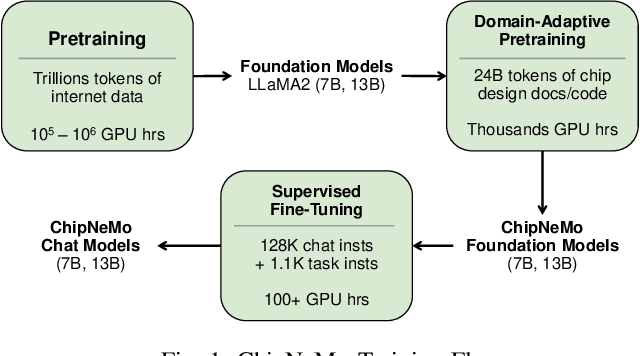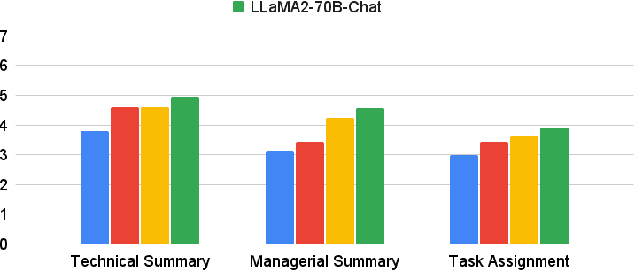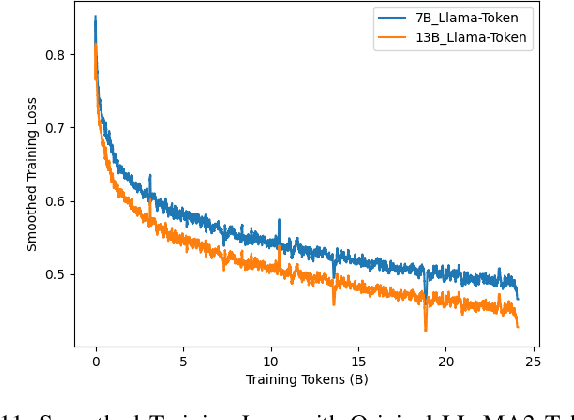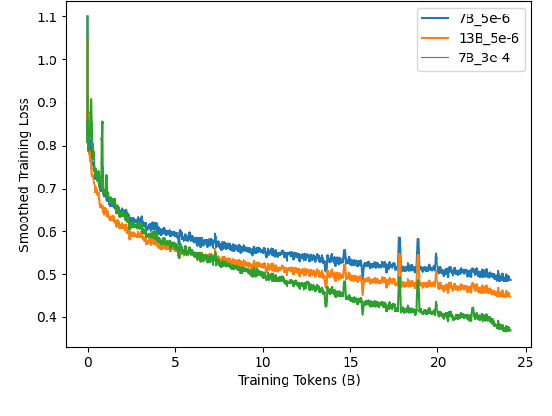Kaizhe Xu
Achievable Rate Analysis and Optimization of Double-RIS Assisted Spatially Correlated MIMO with Statistical CSI
Mar 12, 2024



Abstract:Reconfigurable intelligent surface (RIS) is a novel meta-material which can form a smart radio environment by dynamically altering reflection directions of the impinging electromagnetic waves. In the prior literature, the inter-RIS links which also contribute to the performance of the whole system are usually neglected when multiple RISs are deployed. In this paper we investigate a general double-RIS assisted multiple-input multiple-output (MIMO) wireless communication system under spatially correlated non line-of-sight propagation channels, where the cooperation of the double RISs is also considered. The design objective is to maximize the achievable ergodic rate based on full statistical channel state information (CSI). Specifically, we firstly present a closed-form asymptotic expression for the achievable ergodic rate by utilizing replica method from statistical physics. Then a full statistical CSI-enabled optimal design is proposed which avoids high pilot training overhead compared to instantaneous CSI-enabled design. To further reduce the signal processing overhead and lower the complexity for practical realization, a common-phase scheme is proposed to design the double RISs. Simulation results show that the derived asymptotic ergodic rate is quite accurate even for small-sized antenna arrays. And the proposed optimization algorithm can achieve substantial gain at the expense of a low overhead and complexity. Furthermore, the cooperative double-RIS assisted MIMO framework is proven to achieve superior ergodic rate performance and high communication reliability under harsh propagation environment.
ChipNeMo: Domain-Adapted LLMs for Chip Design
Nov 13, 2023



Abstract:ChipNeMo aims to explore the applications of large language models (LLMs) for industrial chip design. Instead of directly deploying off-the-shelf commercial or open-source LLMs, we instead adopt the following domain adaptation techniques: custom tokenizers, domain-adaptive continued pretraining, supervised fine-tuning (SFT) with domain-specific instructions, and domain-adapted retrieval models. We evaluate these methods on three selected LLM applications for chip design: an engineering assistant chatbot, EDA script generation, and bug summarization and analysis. Our results show that these domain adaptation techniques enable significant LLM performance improvements over general-purpose base models across the three evaluated applications, enabling up to 5x model size reduction with similar or better performance on a range of design tasks. Our findings also indicate that there's still room for improvement between our current results and ideal outcomes. We believe that further investigation of domain-adapted LLM approaches will help close this gap in the future.
 Add to Chrome
Add to Chrome Add to Firefox
Add to Firefox Add to Edge
Add to Edge